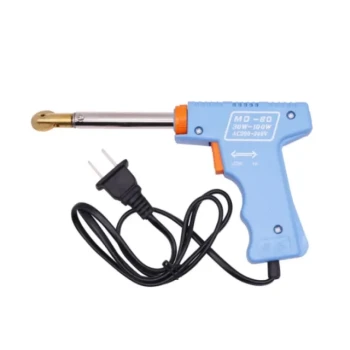Toggle Categories
Get Instant Support
Choose your preferred way to connect with our team
-
Get Free Quote Fill out form for detailed pricing
-
Send Email Detailed inquiry support
-
WhatsApp Quick mobile chat
Response Time
Within 8 hours on working days, 24 hours on holidays
Foundation& Accessories

Beeswax Foundation Sheets Beehive Foundation for Wholesale
Item Number : BFS-1

Food Grade Plastic bee Foundation for Bee Frames
Item Number : PFS-1
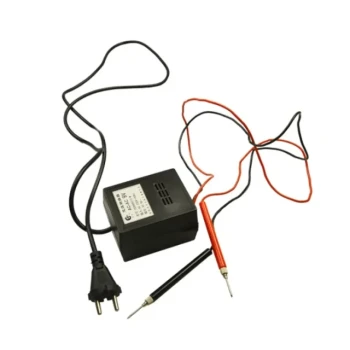
Professional Frame Preparation: The HONESTBEE Electric Wire Embedder
Item Number : WE-8

HONESTBEE Adjustable Voltage Wire Embedder with Digital Display
Item Number : WE-10
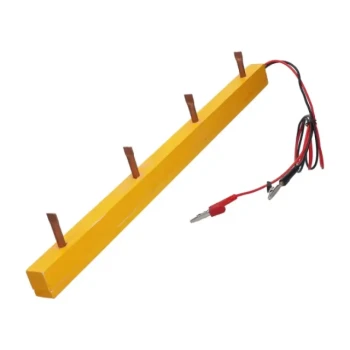
HONESTBEE Wooden Bar Copper Prong Wire Embedder for Battery Operation
Item Number : WE-9

HONESTBEE AC Powered Wire Embedder with Alligator Clips
Item Number : WE-7
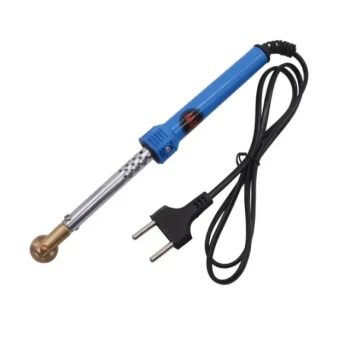
HONESTBEE Soldering Iron Style Spur Wheel Wire Embedder
Item Number : WE-5
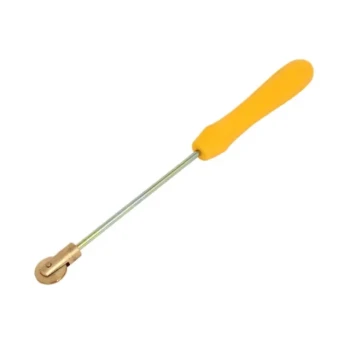
Manual Spur Wheel Wire Embedder for Foundation
Item Number : WE-4
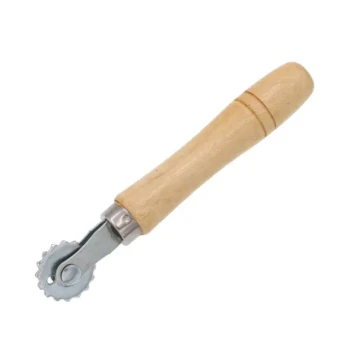
Honestbee Wooden Handle Steel Spur Wheel Wire Embedder
Item Number : WE-1
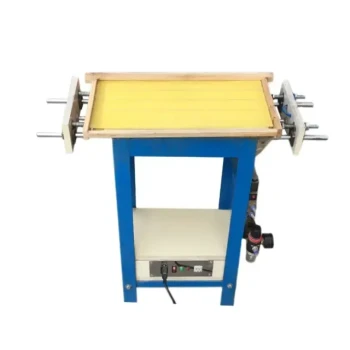
Professional Pneumatic Wire Embedder for Beehive Frames
Item Number : WE-11
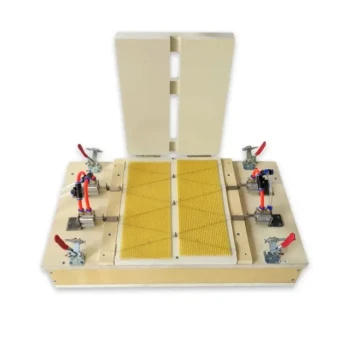
HONESTBEE Pneumatic Dual Wire Embedder for W-Pattern Foundation Wiring
Item Number : WE-12
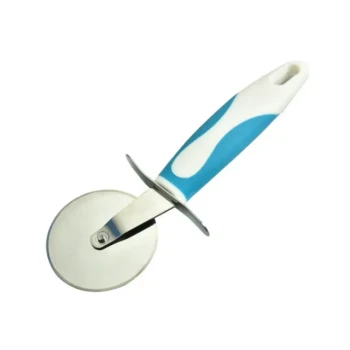
Professional Rolling Wax Cutter with Ergonomic Handle
Item Number : WC-1
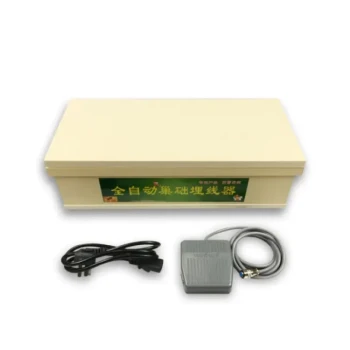
Professional Adjustable Timer Electric Wire Embedder
Item Number : WE-13
REQUEST A QUOTE
Our professional team will reply to you within one business day. Please feel free to contact us!
Related Articles

How Bee Box-Making Machines Transform Apiary Productivity and Profitability
Discover how bee box-making machines boost apiary efficiency, reduce labor costs, and enhance frame production for beekeepers of all scales.

The Unseen Geometry of the Honey Harvest: Why Your Uncapping Tool Fails
Uncapping efficiency isn't about the tool's speed, but matching its design to honeycomb depth. Learn why your tool choice may be slowing you down.

The Four-Way Gate: Mastering the Deceptive Simplicity of the Hive Entrance Disc
The hive entrance disc isn't just hardware; it's a strategic tool. Learn how its four settings control traffic, ventilation, and colony security.

Hive Security is a Geometry Problem: Mastering the Beehive Entrance
Learn why managing a beehive's entrance size is a critical strategy for defense, temperature control, and colony psychology.

The Engineer's Guide to Wintering Beehives: Why Moisture, Not Cold, is the Enemy
Effective beehive insulation isn't about warmth. It's a strategic tool to manage moisture, prevent condensation, and conserve a colony's energy.

A Single Point of Failure: The Critical Importance of a Clear Hive Entrance in Winter
A blocked hive entrance in winter traps moisture and prevents cleansing flights. Learn why this single point of failure threatens the entire colony.

Moisture, Not Cold: The Counterintuitive Physics of Wintering Bees
Successful hive wintering isn't about fighting cold, but managing moisture. Learn why timing your insulation is crucial to bee survival.

The First 18 Inches: How Hive Stands Define a Beekeeper's Longevity
Hive stands aren't just accessories; they are critical ergonomic tools that prevent career-ending back injuries by correcting posture and lifting mechanics.

The Horizontal Trap: Hive Geometry and the Psychology of Winter Survival
Wintering bees isn't about cold; it's about hive design. Discover why a hive's horizontal layout creates a fatal cognitive trap for a colony.

Strategic Timing for Adding Foundation Frames: Aligning Beekeeping Practices with Colony Biology
Learn when to add foundation frames to beehives for optimal colony growth. Align with nectar flows, bee biology, and seasonal patterns.

The Precision Imperative: Why a 30-Second Calibration Prevents a Costly Harvest Failure
Uncalibrated refractometers risk your honey harvest. Learn why this 30-second step is crucial for preventing fermentation and financial loss.

Why Your Strongest Hives Swarm—And the Simple Swap That Prevents It
Frustrated by spring swarms cutting into your profits? Discover why hive congestion is the true cause and how a simple technique can boost colony strength and honey yield.

Beyond the Embosser: The Systems Thinking Behind Perfect Beeswax Foundation
A beeswax foundation machine is a system, not a single device. Understanding its components is key to scaling production from manual craft to commercial consistency.

From Liquid to Lattice: Mastering Thermal Control in Beeswax Foundation Stacking
Discover how proper beeswax sheet stacking is a critical thermal management process, not just storage, to ensure high-quality, defect-free foundation.

Why Your Beeswax Foundation Fails: A Guide to Preventing Costly Warping and Breakage
Discover the hidden reason your beeswax foundation sheets warp and crack. Learn how starting with superior, stable foundation prevents waste and boosts apiary productivity.

Chaos and Order: The Strategic Value of Beeswax Foundation
Explore how beeswax foundation imposes a predictable order on bee colonies, reducing risk and boosting productivity for commercial apiaries.

Why Your Milled Beeswax Foundations Warp—And How to Fix It for Good
Struggling with warped beeswax foundations? Discover the true cause isn't your mill and learn the simple, reliable fix for consistently perfect results.

Tired of Sagging Comb? The Hidden Cost of "Cheap" Beekeeping Frames
Discover why unstable comb in your beehives is more than an inconvenience, leading to lost honey and stressed bees. Learn the real cost of frame choices.

More Than Steel: How a Simple Hive Tool Dictates the Success of an Apiary
A hive tool isn't just for prying; it's a communication device. Master its use to reduce colony stress and protect your apiary investment.

The Beekeeper's Dilemma: Choosing Between Wooden Frame Ideals and Plastic Frame Efficiency
The choice between wooden and plastic beehive frames is not just technical; it's a strategic decision balancing long-term hive health against operational efficiency.
